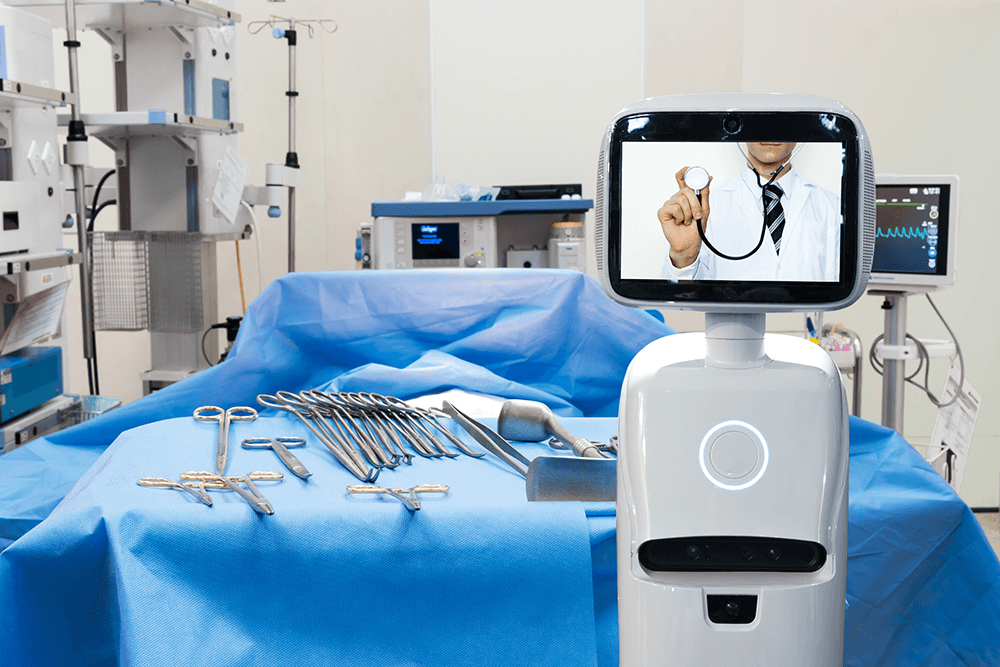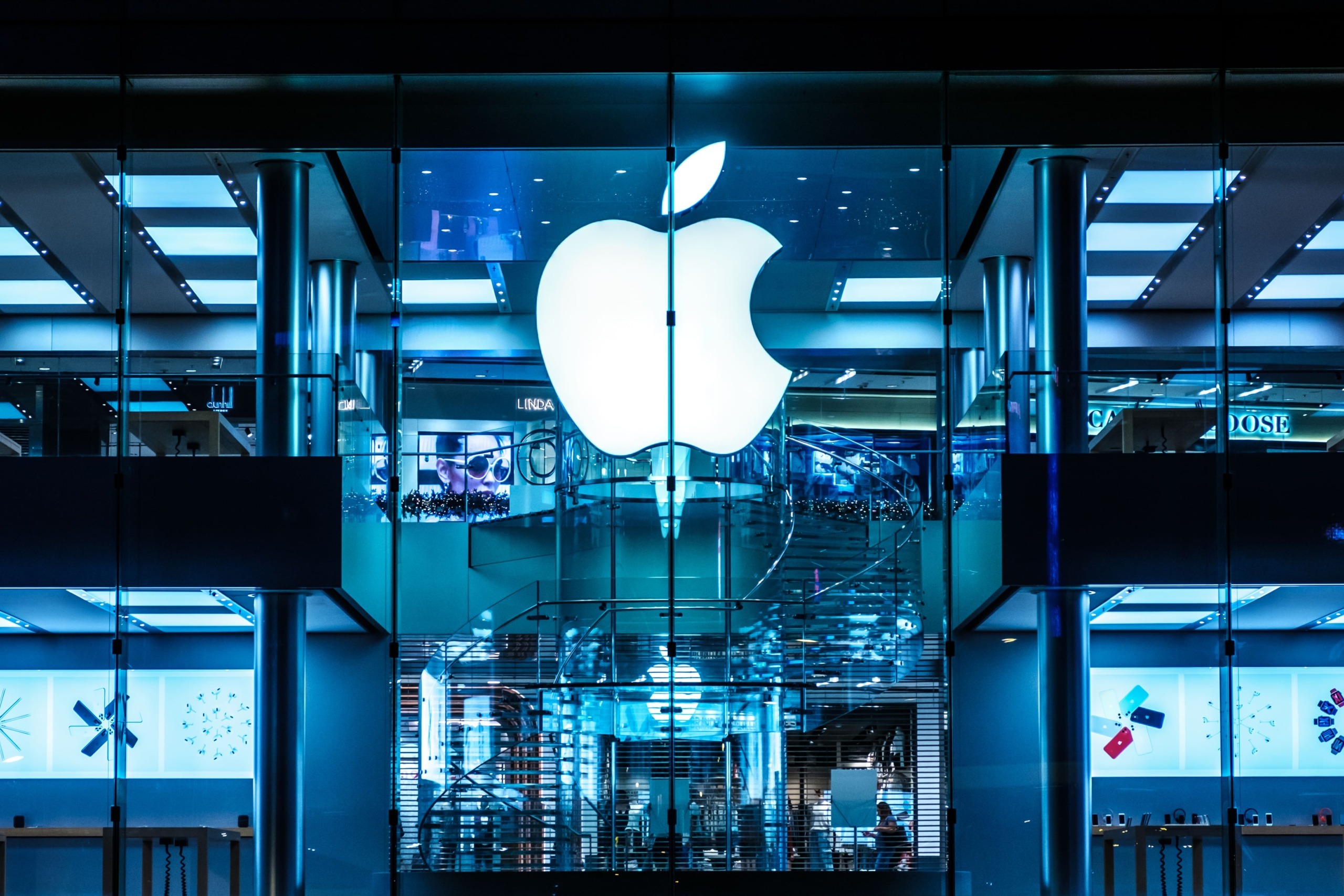Paris Hospitals: Big Data in Healthcare
23 July 2021
How hospitals in Paris are using Big Data in practice
At four of the hospitals which make up the Assistance Publique-Hôpitaux de Paris (AP-HP), data from internal and external sources – including 10 years’ worth of hospital admissions records– has been crunched to come up with day- and hour-level predictions of the number of patients expected through the doors.
The system allows doctors, nurses and hospital administration staff to forecast visit and admission rates for the next 15 days. This means extra staff can be drafted in when high numbers of visitors are expected, leading to reduced waiting times for patients and better quality of care.

The technical details
The system is built on the open source Trusted Analytics Platform (TAP) – which was chosen for the task due to its capacity for ingesting and crunching large amounts of data. As well as the hospital’s internal data, several external datasets such as weather, public holidays and flu patterns were tapped.The result is a web browser-based interface designed to be used by staff who are untrained in data science.
The core of the analytics work involves using time series analysis techniques – looking for ways in which patterns in the data can be used to predict the admission rates at different times. Machine learning is employed to determine which algorithms provide the best indicator of future trends, when they are fed data from the past.
Lessons learned will undoubtedly prove valuable for the group’s next Big Data project – building a data warehouse to store all of its clinical data in a form that can be interrogated by common techniques such as Python or R algorithms.
Ideas and insights you can steal
With the cost of providing healthcare increasing at more than the rate of GDP in every developed country, smart, intelligent systems like AP-HP’s are likely to play an important part in the future of healthcare. By more accurately predicting the demand for services, waste can be cut, and patient care can become more efficient.
Reducing waste and increasing efficiency is something that most companies in most industries can aspire to – from predicting customer numbers in order to plan staffing, to predicting the popularity of products and services at various times of the year, and many more applications. Predictive modelling can help you do all this and more.
You can read more about how organisations are using Big Data to drive success in Big Data in Practice: How 45 Successful Companies Used Big Data Analytics to Deliver Extraordinary Results.
Related Articles
20 Generative AI Tools For Creating Synthetic Data
The AI revolution that we’re currently living through is a direct result of the explosion in the amount of data that’s available to be mined and analyzed for insights.[...]
How To Tell Reality From Fiction Amid The AI-Driven Truth Crisis
The artificial intelligence narrative swings between utopian dreams and dystopian nightmares, often overshadowing the nuanced reality of its current capabilities and limitations.[...]
7 Ways To Turn The ‘Bring Your Own AI’ Threat Into An Opportunity
As AI tools become increasingly accessible, companies face a new trend: BYOAI, or bring your own AI.[...]
AI Gone Wild: How Grok-2 Is Pushing The Boundaries Of Ethics And Innovation
As AI continues to evolve at breakneck speed, Elon Musk's latest creation, Grok-2, is making waves in the tech world.[...]
Apple’s New AI Revolution: Why ‘Apple Intelligence’ Could Change Everything
Apple's announcement of 'Apple Intelligence' marks a seismic shift in how we interact with our devices.[...]
Why AI Models Are Collapsing And What It Means For The Future Of Technology
Artificial intelligence has revolutionized everything from customer service to content creation, giving us tools like ChatGPT and Google Gemini, which can generate human-like text or images with remarkable accuracy.[...]
Sign up to Stay in Touch!
Bernard Marr is a world-renowned futurist, influencer and thought leader in the fields of business and technology, with a passion for using technology for the good of humanity.
He is a best-selling author of over 20 books, writes a regular column for Forbes and advises and coaches many of the world’s best-known organisations.
He has a combined following of 4 million people across his social media channels and newsletters and was ranked by LinkedIn as one of the top 5 business influencers in the world.
Bernard’s latest book is ‘Generative AI in Practice’.










Social Media